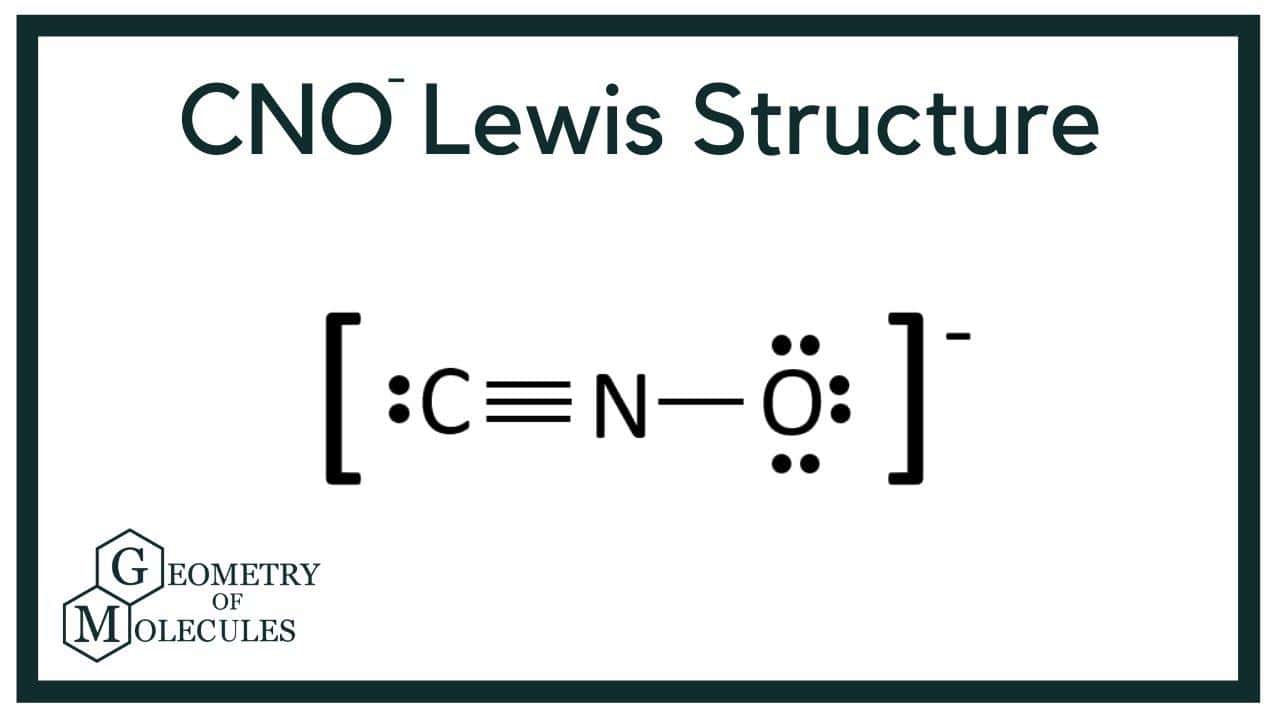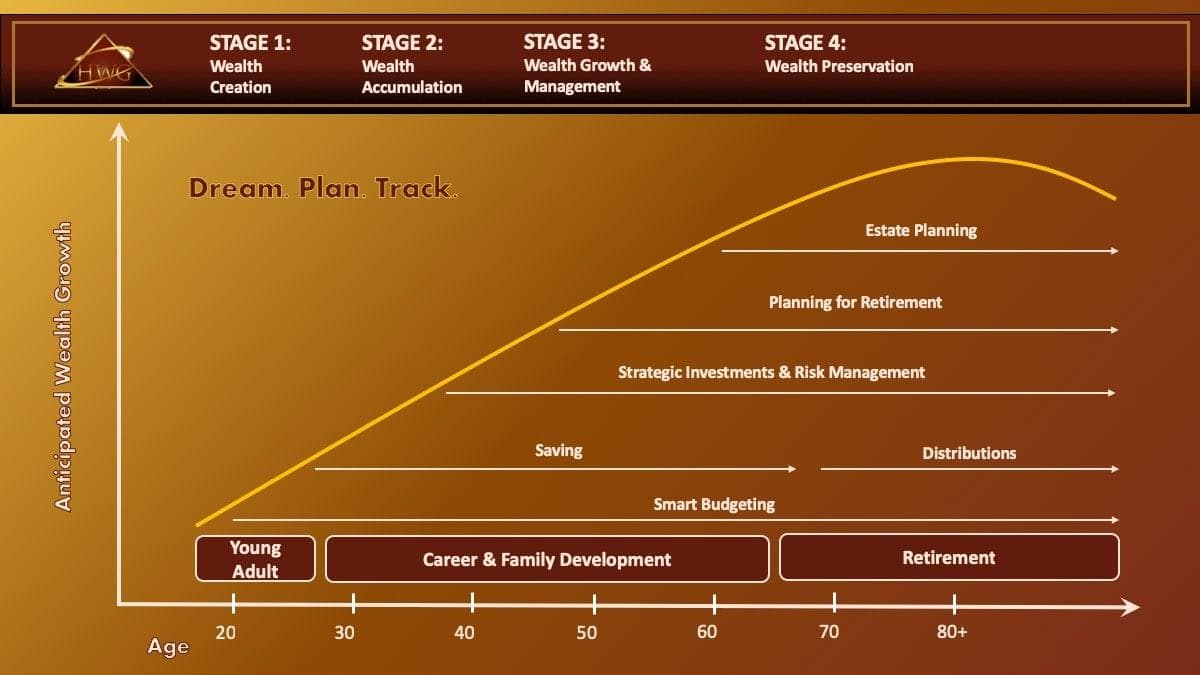Empowering Futures: CNO Charitable Wealth Planning Explained In a world where financial landscapes shift like sands beneath our feet, the pursuit of meaningful impact through charitable giving has emerged as both an aspiration and a necessity. Imagine a framework where your financial goals harmoniously align with your commitment to making a difference in the lives of others—this is the promise of charitable wealth planning. “Empowering Futures: CNO Charitable Wealth Planning Explained” delves into this innovative approach, unraveling the complexities of how charitable contributions can be thoughtfully integrated into wealth management strategies. This article seeks to illuminate the pathways through which individuals can harness their resources not only to secure their financial legacies but also to foster sustainable change in the communities they cherish. Join us as we explore the essentials of CNO Charitable Wealth Planning and discover how your financial decisions can resonate far beyond your own future, enriching the lives of countless others along the way.

Understanding CNO Charitable Wealth Planning and Its Benefits
The concept of CNO Charitable Wealth Planning revolves around integrating philanthropy into your financial strategy. By focusing on both charitable giving and wealth accumulation, individuals can ensure that their financial legacies reflect their values while also providing significant benefits during their lifetime. This approach allows for a balanced consideration of personal and societal impact, paving the way for a brighter future for both the giver and the community.
One of the key advantages of this planning model is its ability to enhance financial security while maximizing charitable outcomes. Here are some of the principal benefits:
- Tax Efficiency: Contributions to charitable organizations can lead to substantial tax deductions, allowing individuals to lower their taxable income.
- Control Over Philanthropic Impact: By engaging in proactive wealth planning, donors can specify how their contributions will be used, ensuring their donations align with personal values.
- Creating a Lasting Legacy: Making strategic charitable decisions helps reinforce family values and can be a way to instill the importance of giving in future generations.
- Diverse Investment Opportunities: CNO charitable vehicles often offer opportunities for innovative investments that not only grow wealth but also contribute to societal well-being.
The strategies employed in CNO Charitable Wealth Planning may include establishing donor-advised funds, charitable lead trusts, or private foundations. Each option comes with its own unique set of advantages and can align with different financial and philanthropic goals. Below is a comparison of some of the popular strategies:
| Planning Strategy | Key Benefits | Considerations |
|---|---|---|
| Donor-Advised Fund | Tax deduction at contribution, flexibility in grant distribution. | Fees may apply; no control over fund after distribution. |
| Charitable Lead Trust | Provides income to charity during the trust’s term, minimizing estate taxes. | Requires initial assets; complex to set up. |
| Private Foundation | Full control over grant-making and investment strategies. | Stringent regulatory requirements; administrative responsibilities. |
By understanding and leveraging these tools effectively, individuals can enhance their charitable endeavors while achieving their financial goals. CNO Charitable Wealth Planning is more than just a financial strategy; it’s an opportunity to bequeath a legacy that embodies one’s commitment to making a difference in society.

Key Principles of Wealth Planning for Charitable Giving
Charitable giving can be a fulfilling endeavor that not only benefits society but can also be an integral part of one’s wealth planning strategy. Embracing the right principles can transform your philanthropic efforts into a rewarding journey that aligns with your financial goals. Understanding how to effectively integrate charitable gifting into your financial plan involves several key considerations.
Alignment with Personal Values
At the heart of effective wealth planning for charitable giving lies a deep understanding of one’s personal values. Consider the following:
- Identify Passion Areas: Choose causes that resonate deeply with you, whether it’s education, healthcare, the arts, or environmental conservation.
- Community Impact: Assess how your contributions can make a difference in your local community or beyond.
- Legacy Considerations: Think about the legacy you wish to leave behind and how your charitable initiatives will reflect that.
Strategic Financial Planning
Wealth planning for charitable giving requires a strategic approach, where financial benefits and tax implications play crucial roles. Keep these aspects in mind:
- Tax Efficiency: Explore options like donor-advised funds, charitable remainder trusts, or gifting appreciated assets to optimize tax benefits.
- Diversified Giving: Consider combining various types of donations—cash, securities, or even real estate—to enhance both impact and tax efficiency.
- Long-Term Commitments: Establishing endowments or ongoing pledges can not only ensure sustained support for your chosen causes but also facilitate better financial planning.
Engagement and Tracking Impact
To ensure that your charitable giving is truly effective, it’s crucial to engage with the organizations you support and track the impact of your contributions. Think about:
- Regular Updates: Request progress reports and updates from charities to stay informed about how your contributions are utilized.
- Community Involvement: Consider volunteering your time and skills to create a more personal connection with the causes you support.
- Feedback Loop: Creating a mechanism for feedback can help charities improve their effectiveness and align with your intentions.
By integrating these principles into your charitable giving strategy, you not only empower the organizations you support but also create a holistic approach to your wealth management that reflects your values and goals.

Strategies for Maximizing Tax Advantages Through Charitable Contributions
Charitable contributions can serve as a powerful tool for enhancing your financial strategy while fostering a lasting impact in the community. By strategically navigating the landscape of charitable giving, individuals can not only support causes close to their hearts but also reap significant tax benefits. Understanding the intricate details of these advantages can empower you to make informed decisions, ensuring that your contributions yield maximum returns both for your chosen charities and your financial well-being.
One effective approach is to leverage donor-advised funds (DAFs). These accounts allow you to contribute a lump sum for immediate tax deductions while enabling you to distribute funds to charities over time. This not only provides you with a current tax deduction but also allows for careful selection of charities as you contemplate your philanthropic impact.
Additionally, consider the advantages of gifting appreciated assets. Instead of cash, donating stocks or real estate that have increased in value allows you to avoid capital gains taxes while deducting the full market value of the asset. This strategy not only maximizes your tax benefits but also allows you to make a more substantial contribution to the causes you care about.
Moreover, if you are over age 70½, taking advantage of Qualified Charitable Distributions (QCDs) from your retirement accounts is another savvy strategy. By directing your required minimum distributions (RMDs) to charities, you can effectively reduce your taxable income without affecting your eligibility for tax deductions. This approach not only benefits charitable organizations but also allows you to maintain a lower tax bracket.
For a quick comparison of various charitable giving methods and their associated tax benefits, consider the following table:
| Giving Method | Tax Benefit | Best For |
|---|---|---|
| Cash Donations | Deductible up to 60% of AGI | Immediate support for charities |
| Donor-Advised Funds | Immediate tax deduction | Long-term giving strategy |
| Appreciated Assets | Avoid capital gains taxes | Maximizing impact |
| Qualified Charitable Distributions | Reduction of taxable income | Individuals 70½+ |
Adopting these strategies allows you to be a force for good in your community while smartly managing your finances. With careful planning and a clear vision, you can empower both your financial future and the futures of those you wish to support.

Tailoring Your Charitable Giving Plan to Align with Personal Values
Creating a charitable giving plan that reflects your values requires introspection and strategic thinking. By evaluating what causes resonate most with you, you can tailor your contributions to areas that are not only meaningful but also impactful. Consider the following elements when crafting your approach:
- Personal Passion: Identify the social issues that stir your emotions. Whether it’s environmental sustainability, education, or health care, your passion will guide your focus.
- Community Impact: Consider how your contributions can tangibly benefit your local community. Supporting nearby initiatives can foster a sense of connection and fulfillment.
- Legacy Considerations: Think about how you want to be remembered. Aligning your giving with your core values can create a lasting legacy that reflects who you are.
A practical way to visualize your giving strategy is to create a structured framework. Below is a simple table that can help you organize your thoughts and prioritize your charitable efforts:
| Cause Area | Personal Value | Potential Organizations |
|---|---|---|
| Environmental Conservation | Responsibility | World Wildlife Fund, Sierra Club |
| Education and Literacy | Empowerment | Teach For America, Reading Is Fundamental |
| Health and Wellness | Care | Doctors Without Borders, St. Jude Children’s Research Hospital |
In addition, regularly assessing the effectiveness of your philanthropic strategy is essential for ensuring alignment with your values. Set periodic reviews to reevaluate your motivations and the impact of your giving, and be flexible to adjust your plan as your understanding of your values evolves. This adaptive approach not only enhances the effectiveness of your charitable investments but also enriches your personal journey through philanthropy.

Navigating the Legal Landscape of Charitable Wealth Planning
When considering charitable wealth planning, understanding the legal framework is essential for achieving your philanthropic goals while complying with existing regulations. The landscape can be complex, but familiarizing yourself with key aspects can streamline the process and enhance your impact. Here are several crucial components to keep in mind:
- Tax Incentives: Charitable donations often come with substantial tax benefits. It’s important to explore options like:
- Income tax deductions for donations
- Estate tax deductions that reduce your taxable estate
- Capital gains tax exemptions on appreciated assets
- Types of Charitable Organizations: Knowing the type of organization you wish to support is vital. Common classifications include:
- Public charities
- Private foundations
- Supporting organizations
- Legal Structures: Choosing the right structure for your philanthropic endeavors is paramount. Consider the following:
- Donor-Advised Funds (DAFs) for flexibility in grant-making
- Charitable Remainder Trusts (CRTs) for income while giving
- Charitable Lead Trusts for supporting charities while benefiting heirs
It may also be beneficial to consult legal and financial advisors who specialize in charitable planning. They can assist in:
- Navigating complex IRS regulations
- Drafting effective giving strategies
- Ensuring compliance with charitable laws
By marrying your philanthropic passions with thoughtful legal planning, you can ensure that your contributions yield maximum benefit for both you and the communities you wish to uplift. This proactive approach will enable you to leave a lasting legacy while leveraging the full potential of your charitable contributions.

Building a Sustainable Legacy Through Effective Wealth Management
In today’s fast-paced world, effective wealth management is not just about accumulating assets but about making a meaningful impact that lasts for generations. By prioritizing sustainable practices in wealth management, individuals can create a legacy that reflects their values and nurtures future opportunities for their loved ones and their communities.
A strategic approach to wealth management can encompass various elements, including:
- Investment in Sustainable Ventures: Choosing to invest in businesses that prioritize social and environmental responsibility can have a significant impact.
- Philanthropic Initiatives: Directing resources to charitable organizations that resonate with one’s values enriches both the giver and receiver, ensuring that wealth is utilized for the greater good.
- Intergenerational Wealth Transfer: Establishing trusts or educational funds can empower the next generation, providing them with the tools to continue the family legacy.
A well-crafted financial strategy should integrate a commitment to sustainability. This can be achieved through careful analysis and planning. Here’s a simplified breakdown of how to align your wealth management with your legacy goals:
| Focus Area | Strategic Action |
|---|---|
| Investment | Allocate funds towards eco-friendly and ethically conscious businesses. |
| Philanthropy | Create a charitable foundation to support causes you care about. |
| Education | Establish scholarship programs to support future generations academically. |
Through these actionable insights, you can develop a comprehensive plan that not only reflects personal values but also contributes to broader societal benefits. The journey of crafting a sustainable legacy begins with thoughtful engagement and a commitment to creating lasting change, ensuring that your wealth management strategy fosters growth and empowerment for years to come.

Resources and Tools for Effective Charitable Wealth Planning
- Planning Software: Utilize platforms designed for charitable giving, such as donor-advised fund management systems. These tools help track donations, manage assets, and provide tax reporting features.
- Online Calculators: Incorporate online tools that can estimate the tax implications of various charitable contributions. These calculators help visualize the impact of gifts on both personal finances and charitable outcomes.
- Webinars and Workshops: Engage in educational sessions hosted by financial advisors and charitable organizations. These platforms offer insights into best practices for wealth management and philanthropic strategies.
- Tax Professionals: Partner with CPAs or financial planners who specialize in charitable giving. Their expertise ensures compliance with tax laws while maximizing benefits for both the donor and the charity.
Establishing a solid framework for charitable wealth planning can be enhanced by keeping informed about industry trends and available methodologies. The following table summarizes some essential tools along with their functions:
| Tool/Resource | Function |
|---|---|
| Donor-Recommended Funds | Easily manage donations while retaining control over distribution. |
| Planned Giving Platforms | Facilitate long-term strategies for legacy donations. |
| Philanthropic Advisory Services | Offer personalized guidance on impactful giving. |
| Educational Resources | Provide access to articles, research studies, and case examples. |
By leveraging these tools and resources, individuals and families can make informed decisions that align their financial goals with philanthropic endeavors. Each element plays a crucial role in simplifying the process and enhancing the overall impact of charitable contributions.
The Conclusion
As we draw the curtains on our exploration of ”Empowering Futures: CNO Charitable Wealth Planning Explained,” it becomes clear that the synergy between philanthropy and financial strategy holds transformative potential. By understanding and leveraging the principles behind CNO’s charitable wealth planning, individuals can craft a legacy that echoes through time, benefiting not just their immediate community but also facilitating meaningful change on a broader scale. In a world where uncertainty is a constant, having a solid plan can provide clarity and purpose, allowing you to navigate the complexities of wealth distribution with confidence. Whether you’re considering your own future or looking to make a lasting impact, the pathway to empowerment begins with informed choices. Ultimately, it’s about harnessing your resources to create opportunities for others, while also ensuring that your values and aspirations align with your financial decisions. As you contemplate the next steps on your journey, remember that every act of giving paves the way for brighter futures—for yourself, your loved ones, and generations to come. The power to affect change is within reach; it’s time to seize it and elevate the dialogue around wealth planning to one that champions both empowerment and generosity.


COMMENTS